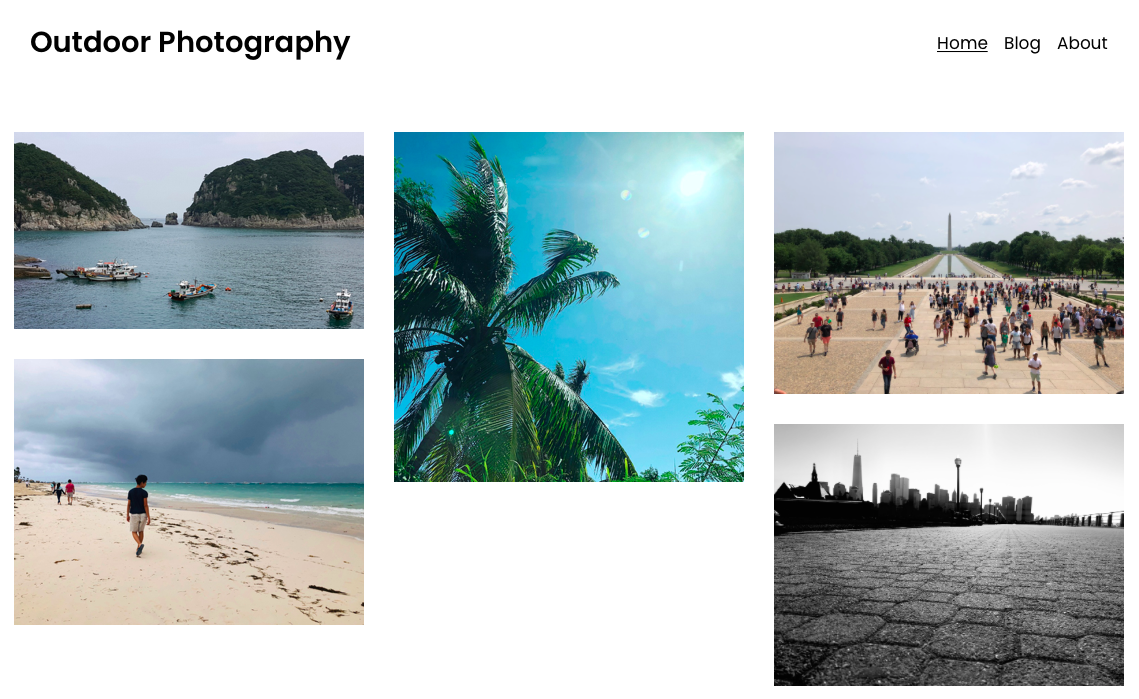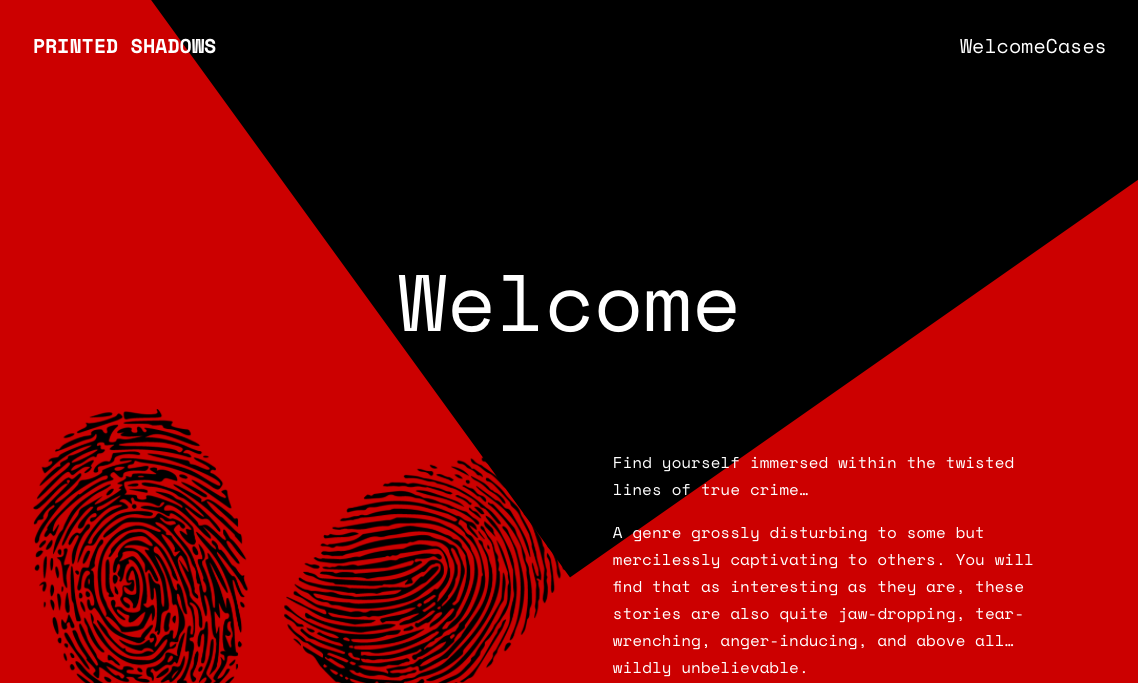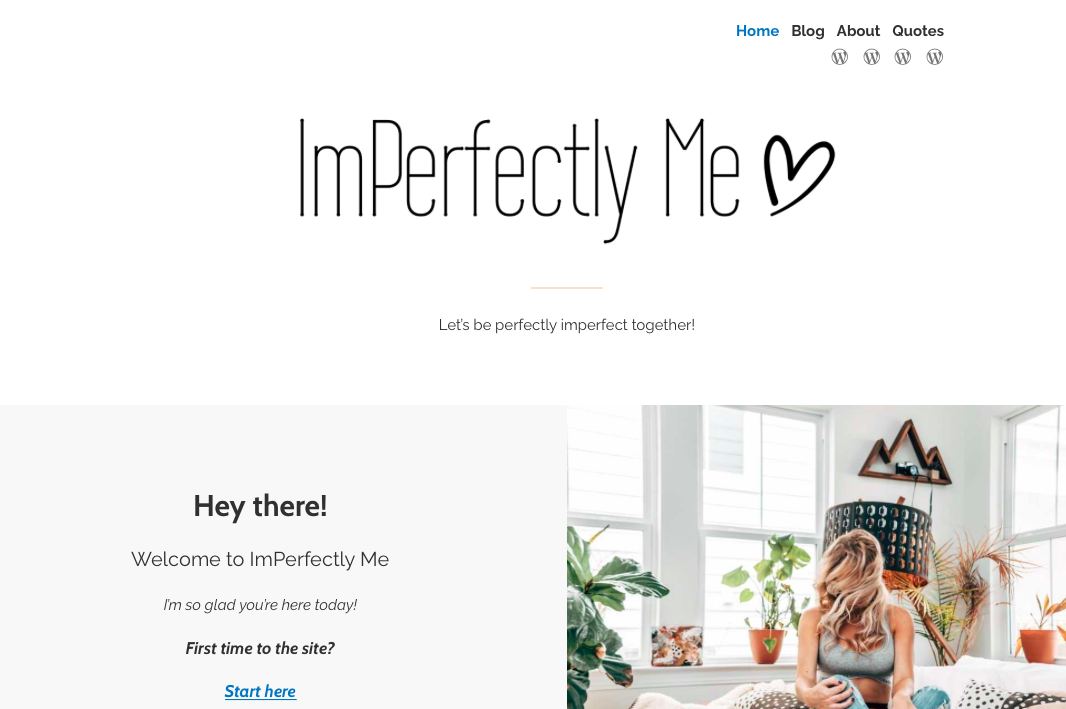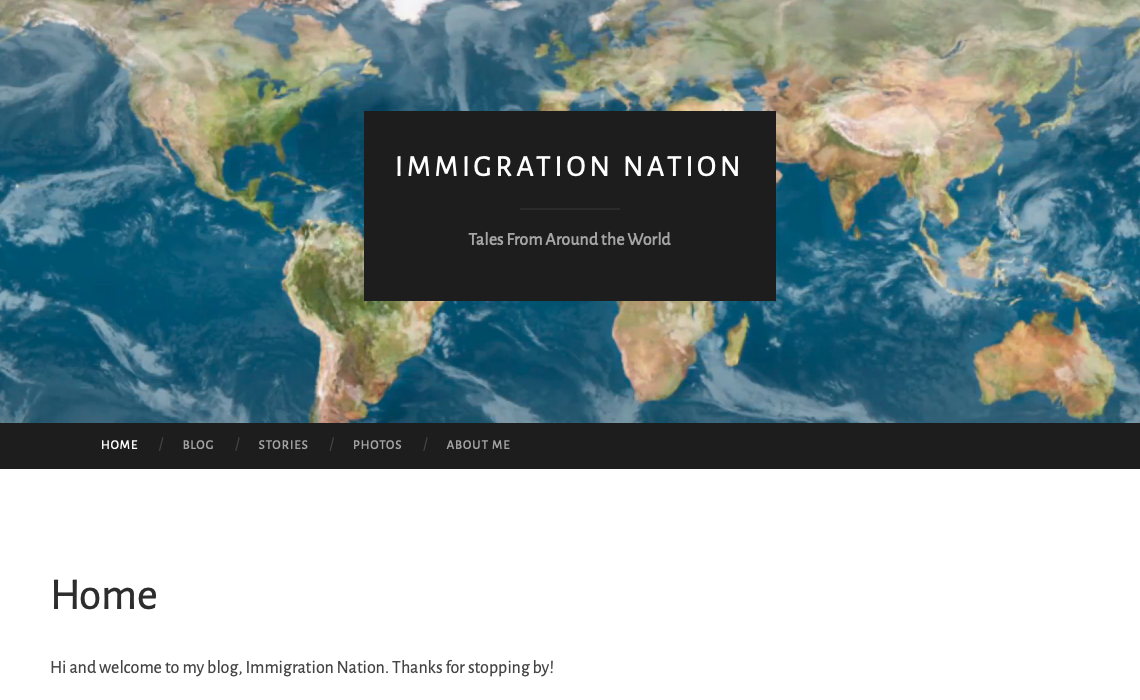Year-Long Digital, Multimodal Student Choice Projects
Two of the things I find most powerful in fostering student voice and empowerment through composition in my classroom have been digital, multimodal texts and student choice. Accordingly, students in my 10th grade classes generally engage in a year-long project on a subject of their choice in which they draft, write, and produce either a podcast or a blog; students then maintain their podcast or blog throughout the year, releasing new episodes or posts according to the genre standards and rhetorical goals of their choices. We unfold this year-long undertaking in a series of phases that I weave into our ongoing course work.
Phase 1: Genre Analysis
We begin these projects with extensive genre analysis of existing podcasts and/or blogs, both successful and unsuccessful. This allows students to consider genre norms and expectations that they find effective or ineffective. It also gives them an opportunity to observe how an author’s understanding of the rhetorical situation in which their text will function shapes their writer choices.
Phase 2: Invention
In my experience and opinion, invention tends to be the most undervalued and overlooked element of the writer’s process. Students engaging in this project now undertake the task of inventing their texts. Once students have chosen a general topic, mode, and idea, they then go on to shape their understanding of the rhetorical situation: their identities as authors, their target audience, and the specific purposes they have for their work. We expand this into consideration of tone, layout, and more specific elements within their genre.
Phase 3: Drafting
With the invention process underway, students become ready to begin drafting. One of the strengths of writing in multimodal, digital arenas is that the drafting process will be at least partially unfamiliar to students, allowing them to experiment with their own personal drafting styles and preferences. Some students write text scripts while others begin accumulating media in a mode vision-board-styled approach to building a tone. The goal is to create a plan for the production of the first episode or post within their project that puts some of their decisions from the invention phase into practice.
Phase 4: Execution, Play, and Exploration
Once students have completed the foundational work in getting their podcast or blog off the ground, the real fun begins. Students begin producing, publishing, and sharing their ideas. With the serial nature of both of these genres, podcasts and blogs, students get multiple opportunities to release episodes or posts, iteratively exploring and developing a sense of personal voice and style. Since the topics are student choice, these texts often allow students to integrate elements of their extracurricular lives and passions into their composition in ways that enrich and personalize their writing. Because these genres and modes are fun, students tend to organically share their work with one another, critiquing and celebrating one another in incidentally scholarly ways.
Phase 5: Reflection
Throughout this process and particularly as the year draws to a close, I prompt students to reflect on their writing processes, asking them to consider choices they made in terms of mode, genre norms, tone, and other elements of their work. We explore how some of these experiences connect back to their more traditional, alphabetic coursework so that students leave this work with a more nuanced, complicated, and relevant understanding of the power of strategic rhetorical choices in their writing.
Sample Student Blog Work
Shared with student and parental permission, below are a selection of screenshots and samples from student blogs that this process has produced.





